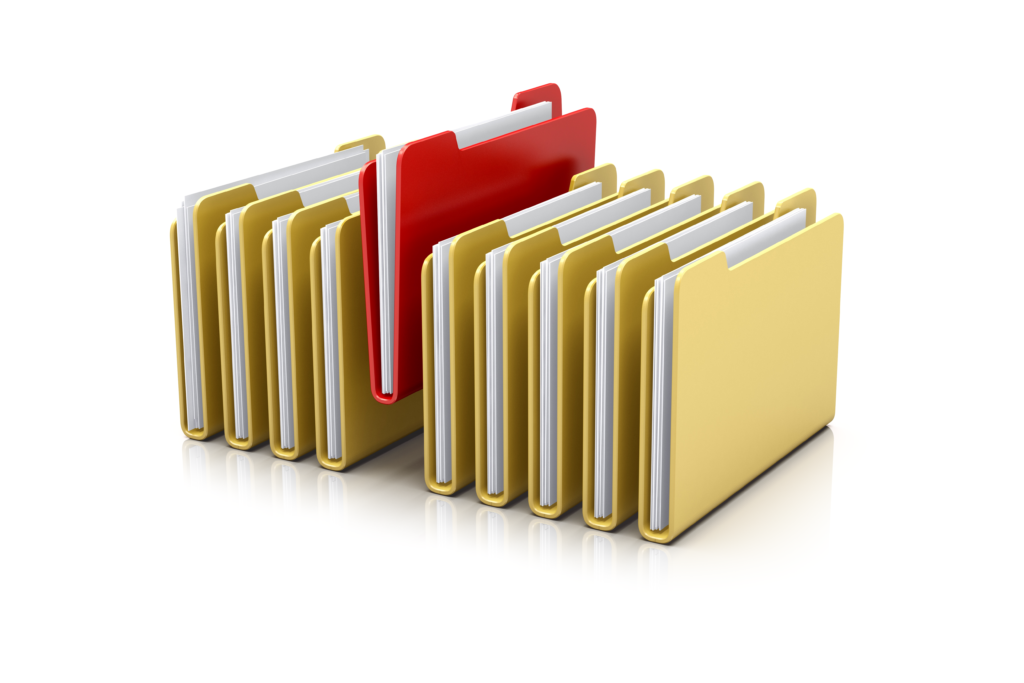
How to Manage Trucking Paperwork
To effectively manage trucking paperwork, you need to establish a system that ensures easy access and organization. By implementing strategies like color-coding and consistent filing methods, you can stay on top of your paperwork game. But that’s just the beginning. There are additional crucial steps you can take to streamline your paperwork process and optimize efficiency in your trucking operations. Stay tuned to uncover more insights on mastering the art of managing trucking paperwork like a pro.
Organizing Your Paperwork System

To effectively manage your trucking paperwork, start by creating a well-organized system that streamlines your documentation process.
Begin by categorizing your paperwork into sections such as invoices, bills of lading, permits, and maintenance records. Use color-coded folders or labels to differentiate between different types of documents, making it easier to locate specific papers when needed.
Implement a consistent filing system, whether alphabetically, numerically, or by date, to maintain order and efficiency. Regularly review and purge unnecessary paperwork to prevent clutter and confusion.
Consider utilizing a physical filing cabinet or storage boxes to store hard copies securely. By establishing a structured organization system, you can save time and reduce stress when managing your trucking paperwork effectively.
Implementing Digital Solutions
Consider transitioning to digital solutions for managing your trucking paperwork to streamline your documentation process and enhance efficiency. By implementing digital solutions, you can reduce the need for physical storage space and easily access important documents on-the-go.
Utilize electronic logs for tracking hours of service, electronic proof of delivery for shipments, and cloud-based storage for storing important paperwork securely. Digital solutions also offer the advantage of faster data entry, automated reminders for key deadlines, and improved organization through searchable databases.
Explore software options specifically designed for the trucking industry to simplify tasks such as invoicing, trip planning, and compliance management. Embracing digital solutions can lead to increased productivity and accuracy in handling your trucking paperwork.
Setting Up a Routine Schedule
Start organizing your trucking paperwork effectively by establishing a routine schedule that allows you to manage tasks consistently and efficiently.
Designate specific times each day or week to dedicate to paperwork, whether it’s entering trip details, organizing receipts, or updating logs. By setting aside focused blocks of time, you can prevent the buildup of paperwork while ensuring that everything is up to date.
Consider using digital tools like calendar reminders or scheduling apps to help you stick to your routine. Additionally, create a checklist of tasks that need to be completed regularly, ensuring that nothing falls through the cracks.
Consistency is key in maintaining an organized system for managing your trucking paperwork.
Managing Receipts and Invoices
Create a designated filing system for your receipts and invoices to streamline the organization of your trucking paperwork.
Designate specific folders or envelopes for different categories such as fuel receipts, maintenance invoices, toll receipts, and other relevant documents.
Make sure to label each folder clearly to easily locate specific receipts when needed.
Implement a routine schedule to regularly file new receipts and invoices to avoid a backlog of paperwork.
Consider using digital tools or apps to scan and store receipts electronically for easy access and backup.
Ensuring Compliance With Regulations
To ensure smooth operations and avoid potential penalties, maintaining compliance with trucking regulations is imperative in managing your trucking paperwork.
Stay updated on federal, state, and local regulations that govern your operations. Keep your permits, licenses, and registrations current and readily accessible.
Adhere to hours of service (HOS) regulations to prevent driver fatigue and ensure road safety. Regularly inspect and maintain your vehicles to comply with safety standards.
Properly handle and dispose of hazardous materials in accordance with environmental regulations. Train your drivers on compliance requirements to mitigate risks.
Implement electronic logging devices (ELDs) to accurately track and report driving hours. By prioritizing regulatory compliance, you can streamline your operations and avoid costly violations.
Frequently Asked Questions
How Can I Streamline Paperwork for Cross-Border Trucking?
To streamline paperwork for cross-border trucking:
- Organize documents by category.
- Digitize where possible.
- Use electronic logs.
- Invest in software for efficient record-keeping.
Regularly review processes to identify areas for improvement and reduce unnecessary paperwork.
Are There Specific Regulations for Hazardous Materials Paperwork?
Ensure compliance with specific regulations for hazardous materials paperwork by familiarizing yourself with requirements set by DOT and other relevant agencies.
Properly document and label shipments to meet safety standards and avoid penalties.
Should I Keep Physical Copies of All Documents?
You should keep physical copies of all documents for legal compliance and record-keeping.
It’s important to have hard copies as backups in case of technology failures or audits.
Organize and store them securely.
What Happens if I Lose a Critical Document?
If you lose a critical document, notify the appropriate authorities immediately.
Take steps to reconstruct the missing paperwork and implement safeguards to prevent future losses.
Stay organized and use digital backups to minimize risks.
How Do I Handle Paperwork for Leased Vehicles?
When handling paperwork for leased vehicles, it is essential to keep all documents organized and readily accessible. Regularly review lease agreements, insurance policies, and maintenance records.
Stay compliant with regulations and maintain clear communication with the leasing company.
Conclusion
In conclusion, by organizing your paperwork system, implementing digital solutions, setting up a routine schedule, managing receipts and invoices, and ensuring compliance with regulations, you can effectively manage trucking paperwork.
Remember to regularly review and purge unnecessary documents, utilize color-coded folders for easy identification, and transition to digital solutions for streamlined processes.
Stay on top of your paperwork tasks to maintain efficiency and organization in your trucking operations.










